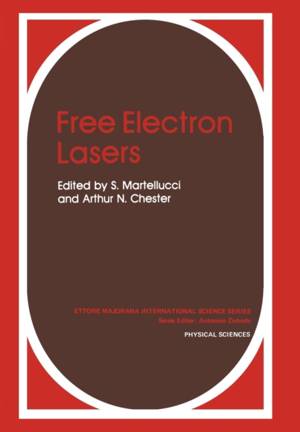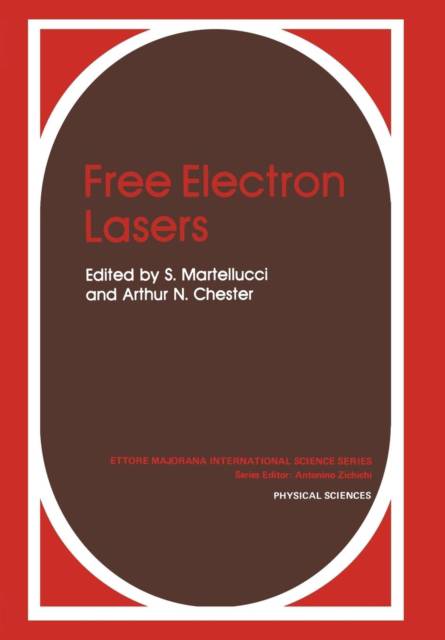
Je cadeautjes zeker op tijd in huis hebben voor de feestdagen? Kom langs in onze winkels en vind het perfecte geschenk!
- Afhalen na 1 uur in een winkel met voorraad
- Gratis thuislevering in België vanaf € 30
- Ruim aanbod met 7 miljoen producten
Je cadeautjes zeker op tijd in huis hebben voor de feestdagen? Kom langs in onze winkels en vind het perfecte geschenk!
- Afhalen na 1 uur in een winkel met voorraad
- Gratis thuislevering in België vanaf € 30
- Ruim aanbod met 7 miljoen producten
Zoeken
Omschrijving
The volume contains the proceedings of the 7th Course on Physics and Technology of Free Electron Lasers of the International School of Quantum Electronics, which was held in Erice (Italy) from 17 to 29 August 1980, under the auspices of the "Ettore Majorana" Centre for Scientific Culture. The level of this Course was much closer to a workshop than to a school, and "Advances in Free Electron Lasers" might have been an appropriate title. Many of the world's leading scientists in the field (among them, the inventor of FEL, J. M. J. Madey) were brought together to review the accomplishments of FEL experiments, as well various trends in FEL theory. In editing this material we did not modify the original manu- scripts except to assist in uniformity of style. The papers. are presented without reference to the chronology of the Course but in the following topical arrangement: A. "Fundamentals of free electron lasers," a group of tutorial papers; B. "Free electron lasers operating in the Compton regime," where theories and experiments of FELs based on Compton scattering are reviewed; C. "Free electron lasers operating in the Raman regime," a dis- cussion of FELs based on Raman scattering; D. "Optical klystrons," where the possibility of this class of FEL is discussed from a theoretical viewpoint; E.
Specificaties
Betrokkenen
- Auteur(s):
- Uitgeverij:
Inhoud
- Aantal bladzijden:
- 700
- Taal:
- Engels
- Reeks:
- Reeksnummer:
- nr. 49
Eigenschappen
- Productcode (EAN):
- 9781461337539
- Verschijningsdatum:
- 5/11/2011
- Uitvoering:
- Paperback
- Formaat:
- Trade paperback (VS)
- Afmetingen:
- 170 mm x 244 mm
- Gewicht:
- 1124 g

Alleen bij Standaard Boekhandel
+ 223 punten op je klantenkaart van Standaard Boekhandel
Beoordelingen
We publiceren alleen reviews die voldoen aan de voorwaarden voor reviews. Bekijk onze voorwaarden voor reviews.









